by Daniel Hathaway

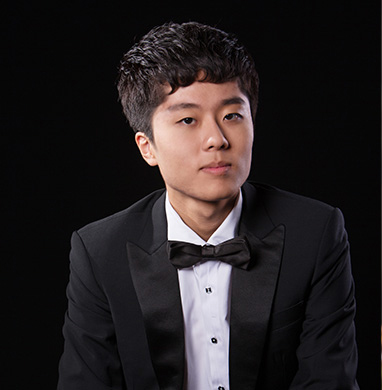
Ziong chose to fill out his segment with Chopin’s 24 Preludes, pieces the composer wrote in Majorca in 1838-39 with a copy of Bach’s WTC close at hand (though fugues weren’t part of Chopin’s musical tool kit). This was a fine programmatic choice, if something of a risk in a competition. Many of the pieces are quite short, and though they cover quite a lot of stylistic ground, they don’t really show what a performer can do in controlling larger forms.
Ziong played fluently with a warm yet clear tone, and he adjusted quickly to the mood of each new prelude (a few of them last less than a minute). In some of the more lyrical pieces, he might have played with a longer musical arc. In a few of the more animated preludes, balances between right and left hand needed some recalibration.
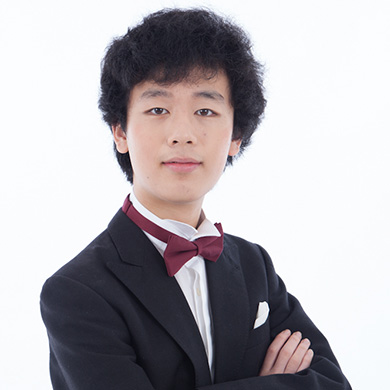
He began with the Prelude and Fugue in B-flat Minor from the WTC I, playing the prelude sensitively with a gentle, expressive press toward its middle cadence. His performance of the fugue needed more of a sense of line.
Schubert’s Impromptu No. 3 in B-flat began wistfully and playfully, then grew stronger in affect. Yang’s attractive right-hand roulades and his general sensitivity of touch made this little salon piece delightful to hear. Chopin’s Fantasy in f minor, op. 49 sounded clean and healthy, with impressive full-keyboard runs and a clear-textured march passage.
Yuanfan Yang’s own piece, The Haunted Bell, provided a fine change of sonority. Beginning with single tones surrounded by atmospheric clouds of high notes, the piece picked up speed and grew more complex until Yang’s hands crept from the extremes of the keyboard to the middle in a climax crowned by sweeping glissandi. Yang held the pedal down at the end as the last sounds slowly evaporated into nothingness.
Yang ended his set impressively with Prokoviev’s Sonata No. 7 in B-flat. His clean articulation of Prokoviev’s crazed lines and powerful chords showed his control over the high energy of the first movement. His sensitive treatment of the almost sentimental melody of the slow movement inspired some in the audience to applaud prematurely. His angular playing of the insistent rhythmic figures in the finale made for a spectacular ending.
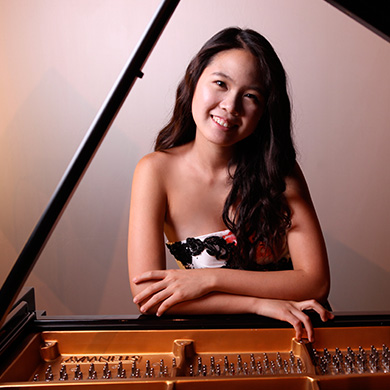
Brahms’s Sechs Klavierstücke, op. 118 were never meant to be taken in all at one sitting, but Park’s warm, colorful tone — as attractive in soft passages as in loud — helped make them digestible. She handled Brahms’s thick textures with admirable transparency and made beautiful transitions between the surges and murmurs of No. 4 and the melancholy and cheerful moods of No. 6.
George Crumb’s “Dream Images (Gemini, Love-Death Music)” from Makrokosmos Vol. I is not much of a piece — most of it is lifted directly from Chopin’s Fantaisie-Impromptu, with gauzy gestures superimposed by Crumb, but Park treated it as a work of substance.
The main attraction — and a superb closer for the afternoon session — was Park’s performance of Stravinsky’s Firebird Suite in an arrangement by Guido Agosti. Her playing was controlled, assured, and breathtakingly rhythmic.
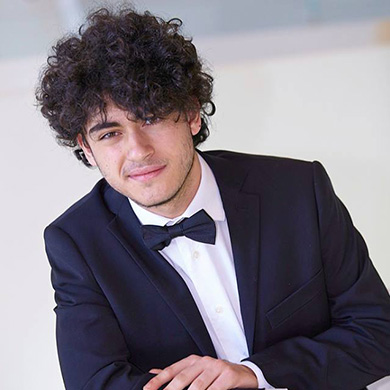
His Bach Prelude and Fugue in d from WTC I got him off to a rocky start. Some imprecision in his voicing of triads clouded the prelude, and a memory slip at the end of his pensive, serious reading of the fugue lopped off a few bars before the final cadence.
Prokofiev’s 4 Pieces, op. 4 seem to have been written before the composer knew he was Prokofiev. Bartoli played with fine touch and power in No. 1, which began in a melancholy mood and proceeded to an arresting passage of recitative in octaves (and, unfortunately, another memory slip). The succeeding movements — meditative in No. 2, featuring a strange bass ostinato in seconds in No. 3 and a harsh, quasi-fugal finale in No. 4 — were confidently and skillfully presented.
Playing out of the announced order (and confusing not a few listeners), Bartoli gave a masterful performance of Szymanowski’s Variations on a Polish Folk Theme, Op. 10. Beginning in a creepy, chromatic idiom, the piece accumulates a demonic energy amid near-atonal meandering in the upper reaches of the keyboard before ending with surprising suddenness.
By way of complete contrast, Bartoli made something soulful and elegant out of Chopin’s ruminative little Mazurka in A-minor, Op. 67, no. 4.
To close, Bartoli unleashed all his power in Liszt’s Waltz from Gounod’s Faust. A riot of octaves, a spirited, boisterous tune and shameless episodes of sheer, giddy pianism gave the pianist plenty to work with, and the results were thrilling.
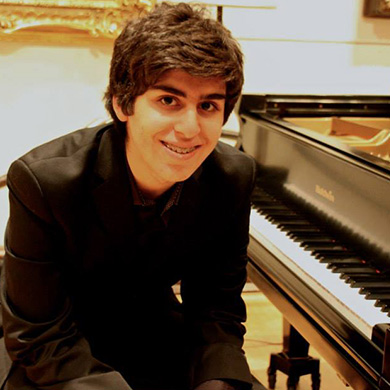
Moving on to the Chopin Mazurkas of Op. 56, Ozel skillfully brought out their varying moods and textures: ruminative but moving into animation and back again; gently rhythmic and stylish; thoughtful but playful, with repetitive rhythmic figures.
Fine work so far, but Evren Ozel peaked in a wonderful performance of Ravel’s Gaspard de la nuit. “Ondine” was magical from the outset. Ozel produced beautiful, soft colors, then intensified their hues. Cascades of sound and gentler glissandi evoked the seductive voice of the water spirit. Ozel showed exquisite control in painting the ghoulish scene in “Le Gibet,” and caught the mischief-making character of “Scabro” in a performance that was (ironically!) precise, rhythmic and expertly voiced.

Like the four Prokovief pieces heard earlier this afternoon, Brahms’s Variations on a Theme of Schumann, Op. 9 dates from a time when its composer wasn’t quite what he later became. Beginning with a veiled tone for the theme, Chung advanced through the sixteen free variations with serious dedication and a good sense of style.
Liszt’s Hungarian Rhapsody in D-flat, No. 6 cleared the air nicely after the lengthy Brahms work. Here, Chung’s playing was sprightly and spirited. He executed perfect, full-keyboard runs, dashed off repeated notes in octaves and created (with the help of Liszt) a thrilling, bravura ending.
Chung brought the evening to an end with a characterful and joyous reading of Granados’s “Los Requiebros” from Goyescas, Book I.
Published on ClevelandClassical.com May 20, 2015.
Click here for a printable copy of this article



